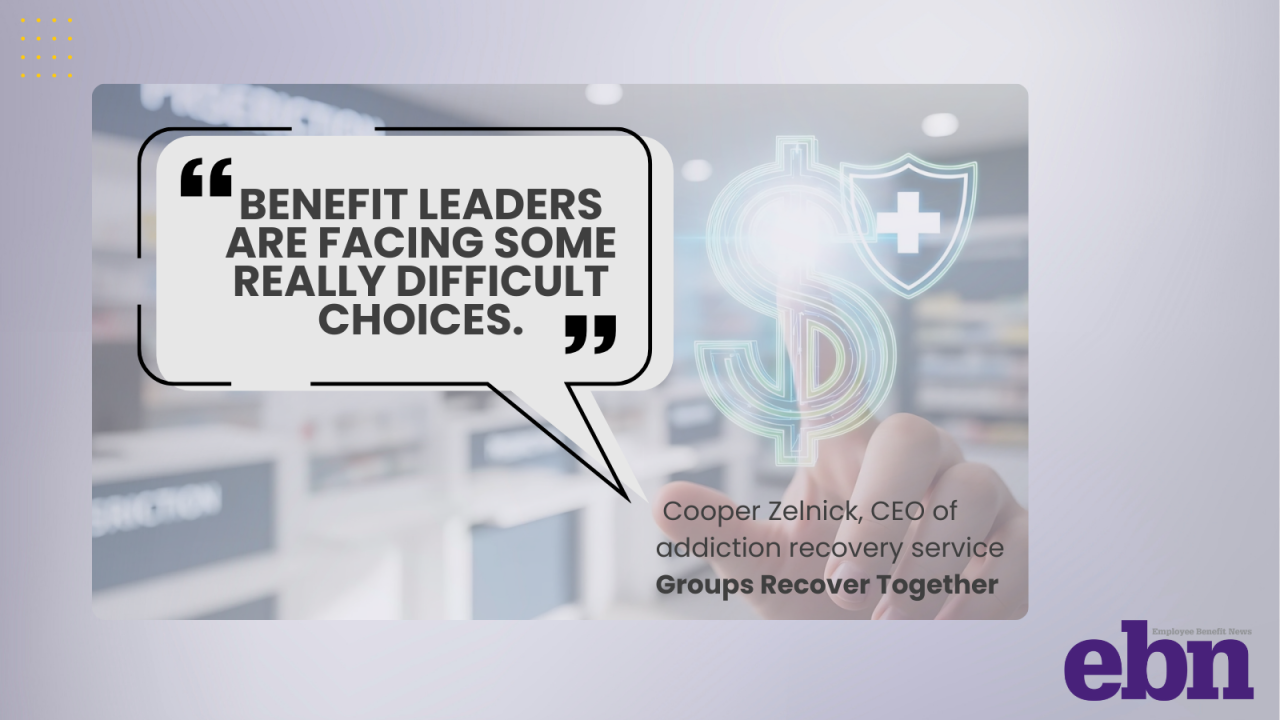As AI becomes a normalized part of the work experience, employers and employees are struggling to
A new survey from online printing platform MOO highlights the
Though a growing comfort with incorporating technology into daily workflow might be a good thing, there's a flipside: The survey also found that 84% of employees who are urged to use AI experienced loneliness, and the 40% of respondents who said they are always
In order to avoid these feelings of isolation among employees, leaders need to be intentional about creating opportunities for them to stay connected, whether they're in the office or working from home, says Claire Donald, MOO's chief product and technology officer.
"Intentionality is really important, be it the social connections you're trying to create, or within your digital infrastructure," she says. "And you have to be just as intentional about your virtual world. You can't just replicate what you used to do in the office; you have to do things differently [to keep up with this] evolution."
Read more:
How MOO makes connections count
At MOO, leaders are looking to solve these challenges with their own workforce, often from day one of hiring them. From the time employees go through onboarding at MOO, they are linked up with fellow coworkers. New hires get a checklist for their first day, which includes connecting with their onboarding buddy — someone other than their direct supervisor whom they can lean on for answers and support.
"Setting the tone right from the start is very important," Donald explains. "You'll start to set some cultural norms, such as turning on your camera [for virtual meetings], what the pattern is for coming into the office, when we have free lunches, and more."
With offices in England and the U.S., MOO's global workforce is a mix of remote and hybrid. For anyone who comes into an office, the goal has been to make it a destination for either independent work or collaboration — whatever they need on any given day, Donald says. The company communicates about special events, such as product launch photo shoots, to get employees excited not only about meeting up with coworkers, but also about what the company is doing.
"If you come into the office, there's always going to be something going on," says Donald. "[Employees] go into the office for that social connection with workmates, but also that physical connection with the company itself. Most of my team is remote, and they really appreciate those physical, in-person moments when we create them."
Read more:
The setup of the offices themselves lends to people's ability to interact: In the London location, for example, there is a space that holds a long community lunch table, but can also be cleared out for events such as parties. There are also groups of desks together that allow for a social work environment on the main floor, and an upstairs level with a quieter setting for heads-down work. Meeting rooms contain high-end digital equipment so employees can connect with those off site.
MOO also has what it calls a "magic window" — cameras without sound set up with monitors in their London and East Providence locations that allow employees to see what the other office is up to for part of the day.
"People started waving at each other, and [eventually] gathered white boards next to these cameras and started asking each other questions — it's like a little wormhole into another world," Donald says.
As part of its digital infrastructure, MOO uses Slack for work communication and for fun interactions, including a twin channel for coworkers who show up in person or on camera wearing things like the same color shirt, or the same shoes. Donald notes that this is one of her favorite channels, as it makes establishing an instant connection simple, regardless of work setting.
Read more:
Donald emphasizes the importance of leaders being active participants in company connection efforts, whether small or large, in person or online. When it comes to her team in particular, she puts a large focus on making sure everyone feels comfortable and heard, whether that be through digital tools or face to face. For MOO employees to interact with their customers in a way that creates a positive, personalized experience, it's important for them to feel valued and seen as well.
"When you have an interaction with someone, you want to help make it special," Donald says. "We put that ethos into our working environment as well."
Read more about fostering employee connection:
How Amex GBT promotes virtual career growth and connection with benefits How to create connections with colleagues — without dinner and drinks How this realty group promotes a culture of connection Allstate's $10 million commitment to remote and hybrid employee connection When employees connect, their wellness improves






